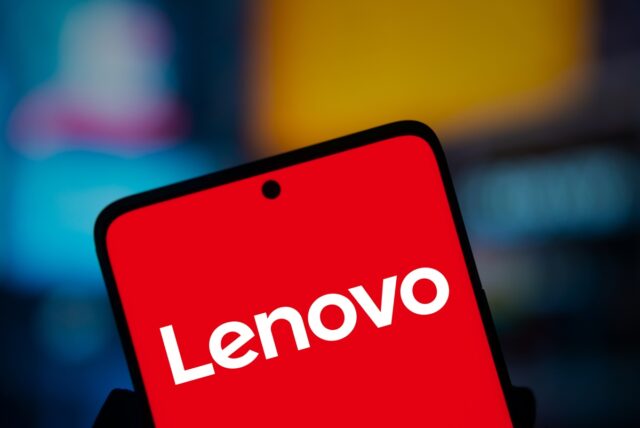August 11, 2025
Gen Z and Millennials Plan to Spend Big on Travel This Summer

According to the 2025 Summer Savings Survey by CIT Bank and Harris Poll, 33% of Americans say they’re actively saving for a vacation this year, beating out other major financial goals like emergency funds (30%), new cars (26%), and home repairs (24%). Despite inflation and tighter household budgets, travel remains the ultimate savings motivation.
“Saving for a vacation is an optimistic and aspirational financial goal,” said Jose Castro, head of CIT Bank, a division of First Citizens Bank. “You spend months looking forward to the trip, then you can enjoy the experience knowing you’re financially prepared. Afterward, you return home with memories that can last a lifetime.”
In addition, a Trustpilot survey reinforces these findings, revealing that Americans are determined to enjoy the season, even if it means spending less and making tough tradeoffs to avoid blowing their budgets.
While 47% of U.S. adults plan to take a summer vacation this year, the numbers are even higher among younger generations. More than half of Gen Z (54%) and Millennials (56%) say they’re planning a summer getaway, continuing a time-honoured tradition of recharging during warmer months.
But they’re not just heading to the nearest beach town. Many are planning to go big—and go global. 41% of Millennials and 35% of Gen Z summer travellers say they’ll head abroad, compared to just 26% of Gen X and 21% of Boomers. On top of that, 48% of Millennials and 44% of Gen Z plan to spend $5,000 or more on their vacations this year, outpacing older age groups by a wide margin.
Smart Tools for Stress-Free Vacation Savings
Whether planning a luxurious international trip or a spontaneous local escape, building a dedicated vacation fund is key to stress-free travel. Tools like automatic transfers and high-yield savings accounts make saving more manageable—and more rewarding.
With the right plan and the right tools, Americans are proving that meaningful travel doesn’t have to be a financial burden.



